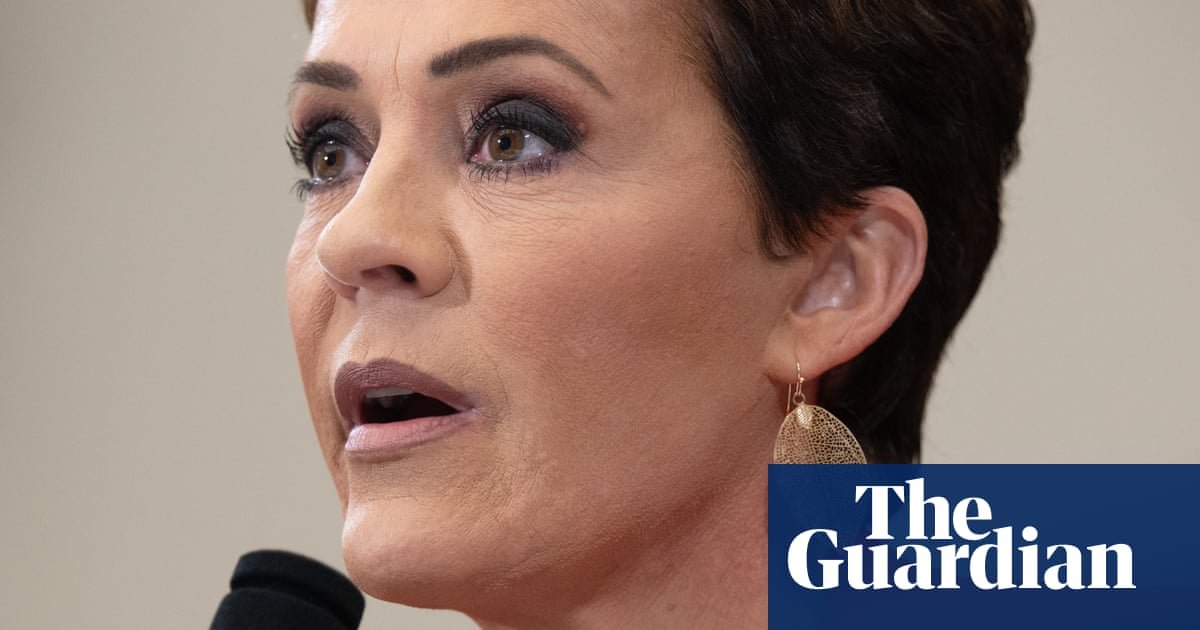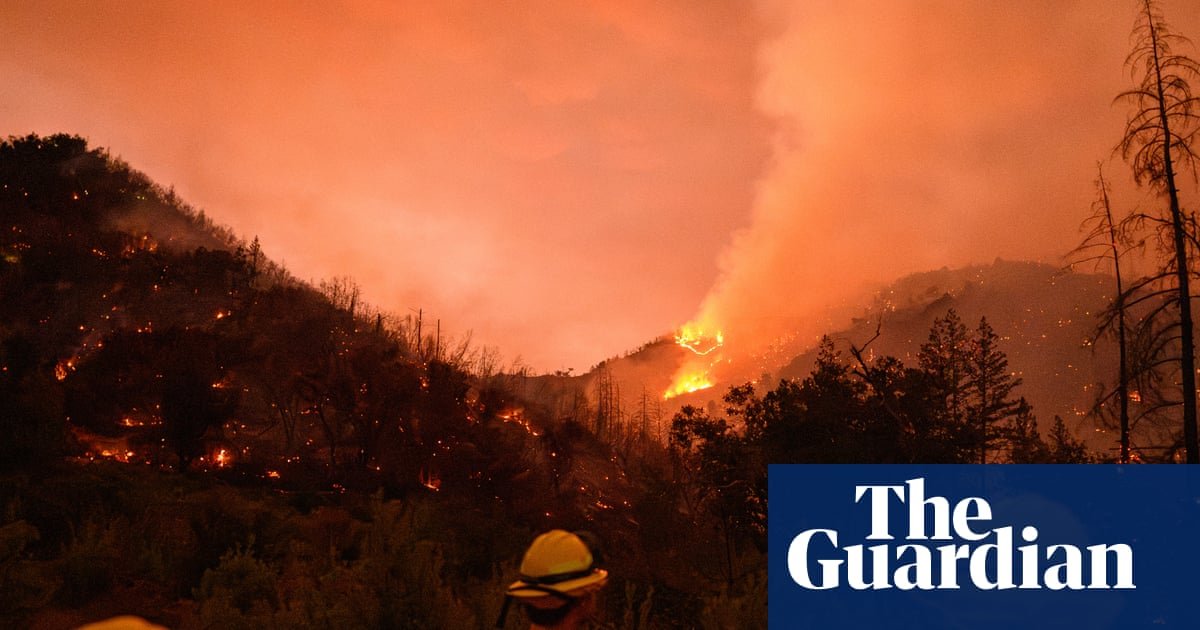What is an AI generalist—and why does your business need one?
Organizations are increasingly adopting AI, which is having a significant impact on how work gets done across teams and departments. Many companies have moved beyond isolated AI pilot projects and now integrate AI into day-to-day business across functions.
Given widespread AI integration, organizations are rethinking which skills are the most relevant and setting new expectations for how workers collaborate with technology. Because of this essential combination, a new kind of contributor is becoming essential to business success, reports Upwork, an online marketplace for hiring skilled freelancers — the AI generalist.
People are also reading…
What’s an AI generalist?
An AI generalist is a hybrid worker who blends technical AI skills with uniquely human competencies such as adaptability, communication, and collaboration.
AI generalists have a clear understanding of an organization’s strategy, as well as how AI can be used to achieve mission-critical business goals. A skilled AI generalist has a grasp of how to effectively use AI tools, while also using strategic thinking, clear communication, and critical thinking to address business challenges.
Generalists aren’t a new concept for organizations. Many companies have long depended on generalists as core team members who take on many responsibilities to keep the business running smoothly.
As an example, a generalist marketing strategist may handle social media, content creation, email campaigns, events, and performance metrics. On the other hand, a content strategist is a more specialized marketing role, focused on developing and optimizing content for blogs, websites, and other owned media.
The AI generalist in practice
Like a traditional generalist, an AI generalist has a range of skills. This typically includes hands-on technical experience using AI tools and an understanding of which work is best suited for AI versus work that requires human input and judgment.
Generalists with this profile are especially effective in fast-moving environments. They often explore new tools without waiting for formal training, help colleagues see where AI can enhance processes, and translate experimentation into repeatable results — while continuing to emphasize the importance of human input.
Examples of how workers across departments can embrace an AI generalist mindset include:
- A product manager may use AI to analyze customer feedback and surface insights, then apply strategic thinking and prioritization skills to translate insights into meaningful product feature development.
- A marketer may prompt generative AI to brainstorm campaign concepts and sharpen messaging, while relying on creativity and emotional intelligence to ensure the work resonates with the target audience.
- A UX designer may experiment with AI for rapid prototyping and design variations, then draw on empathy and user-centered thinking to guide testing and refine the experience.
- A health care provider may use AI predictive analytics to assess risk factors and then develop and communicate an individual care plan.
These are practical examples that illustrate a growing demand for professionals who understand how different systems interact — and who can make fast, informed decisions at the intersection of data, creativity, and customer expectations.
How AI is redefining roles
The impact of AI on jobs is widespread and nuanced. Rather than displacing entire job categories, AI is transforming the expectations and workflows within them.
Research from The Upwork Research Institute, AI Trends on the World’s Work Marketplace: How AI Is Reshaping the Way Humans Work, explored how AI is changing how people work.
A common misconception is that AI will replace workers and eliminate jobs. However, the research found that rather than fully automating jobs, AI is reshaping and augmenting work.
Upwork platform data cited in the research found that while large language models and AI agents like Anthropic’s Claude and OpenAI’s Codex have led to a decrease in demand for developers who produce standard, repetitive code, this isn’t the case for all developers.
Demand on the Upwork platform remains strong for developers who collaborate with AI, write high-quality code faster, and implement systems thinking. These developers are skilled in coding effectively, collaborating with AI copilots, understanding model behavior, integrating AI into other systems, and communicating with stakeholders.
This shift toward AI-enabled generalists goes beyond technical skills and roles. Upwork platform data shows that even non-technical job categories — such as project management and customer research — are transforming and require workers to balance AI and soft skills. For example, project managers may use AI to streamline tasks in a complex project, while relying on their critical thinking and communication skills to share key updates with business leaders.
AI generalists have a competitive advantage
Upwork platform data shows that freelancers whose roles involve coding for at least 25% of their work have seen an 11% increase in earnings since ChatGPT launched in late 2022. This trend reflects rising demand for individuals with a balanced mix of technical ability, strategic insight, and communication skills.
Whether they’re skilled in coding or another area of expertise, AI generalists focus on more than their day-to-day responsibilities and proactively work to understand how AI can positively impact more strategic business objectives. These professionals show they’re capable of adapting to the pace of change and can guide others in doing so, too.
This added value is prompting clients and hiring managers to prioritize — and pay a premium for — candidates who embody the hybrid profile of an AI generalist. As AI tools and other technologies advance, demand is likely to continue to grow for individuals who can use the latest technology thoughtfully and in close alignment with organizational goals.
Rethinking hiring and development
As the nature of work evolves, static job descriptions and legacy hiring models are quickly becoming outdated. Organizations that want to stay competitive need to shift how they define roles, source skills, and support talent development.
Steps organizations can take include:
- Updating job descriptions to reflect current needs, such as AI fluency, prompt engineering, adaptability, and collaboration
- Revising interview approaches to ask candidates how they’ve used AI with soft skills such as communication for real-world problem-solving — rather than simply prompting candidates to regurgitate their resumes
- Designing training pathways to develop AI generalists internally by encouraging curiosity, continuous learning, and cross-training in both technical and human skills
- Democratizing development by offering educational resources on prompt design, model evaluation, and ethical AI to all departments — including human resources, marketing, and operations — rather than only IT and other technical functions
- Encouraging experimentation and pilot programs with AI tools and creating a safe space for workers to fail and then share key learnings across teams
- Engaging freelancers with AI generalist skills to scale business operations and expand the capabilities of core, in-house teams
Freelancers often lead the way in adopting new technology — and the AI shift is no exception. The Upwork platform data cited above shows that freelancers use AI for automation only 29% of the time and for augmentation 71% of the time. This offloading enables freelancers to move into more strategic, creative, and high-impact work.
Freelancers who develop AI generalist skills increase their value and often enhance the performance of the teams they support. Their ability to work across platforms and functions makes them powerful collaborators in hybrid environments. For businesses, engaging freelance AI generalists provides both immediate project-level support and a pathway to long-term skill-building.
How workers can develop AI generalist skills
Career growth increasingly depends on the ability to navigate change with clarity and adaptability. Whether you’re an in-house employee or freelancer or are building a new career path, now is the time to develop generalist skills that integrate AI with your existing strengths. The more comfortable you become learning AI and integrating it into your workflows, the better positioned you’ll be to lead and influence in an AI-driven workplace.
Rather than mastering every AI tool, what matters more is your openness to experimentation and ability to translate learnings into real outcomes.
Practical actions you can take include:
- Learning how to prompt by using AI tools such as ChatGPT or Google Gemini
- Experimenting with AI for brainstorming, analysis, or content generation — while also incorporating your own expertise into the process
- Applying AI in unfamiliar domains to expand your range, such as using AI video editing tools to build your skills as a designer
- Developing a portfolio that highlights how you’ve applied AI skills and tools firsthand
- Sharing your learnings with peers or managers to build visibility and confidence
Positioning your business at the forefront of the AI generalist era
AI generalists represent a significant transformation in the workforce in which success depends on technical skills, as well as adaptability, judgment, and collaboration. As AI technology advances, the people who lead will be those who can use AI to drive meaningful business outcomes.
For leaders, this means designing roles, teams, and learning environments that reflect how work is truly changing. For workers, this shift requires practicing and demonstrating a flexible, curious mindset to remain relevant as business needs and in-demand skills change.
Upwork is not affiliated with and does not sponsor or endorse any of the tools or services discussed in this article. These tools and services are provided only as potential options, and each reader and company should take the time needed to adequately analyze and determine the tools or services that would best fit their specific needs and situation.
This story was produced by Upwork and reviewed and distributed by Stacker.








































